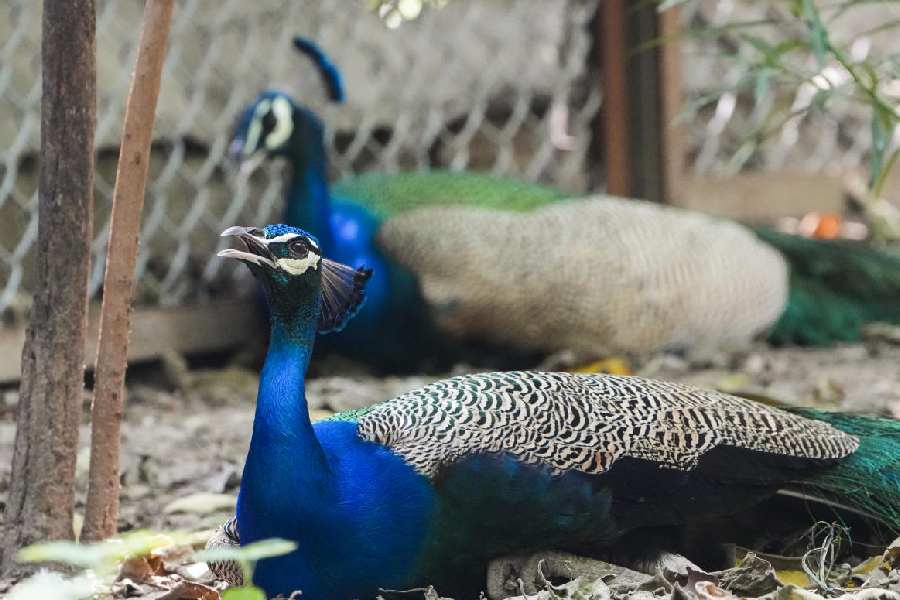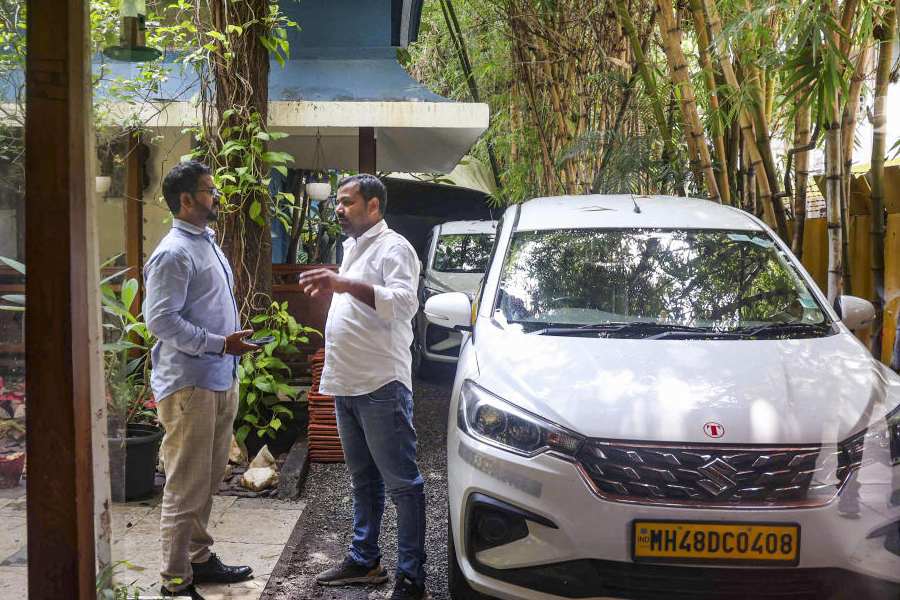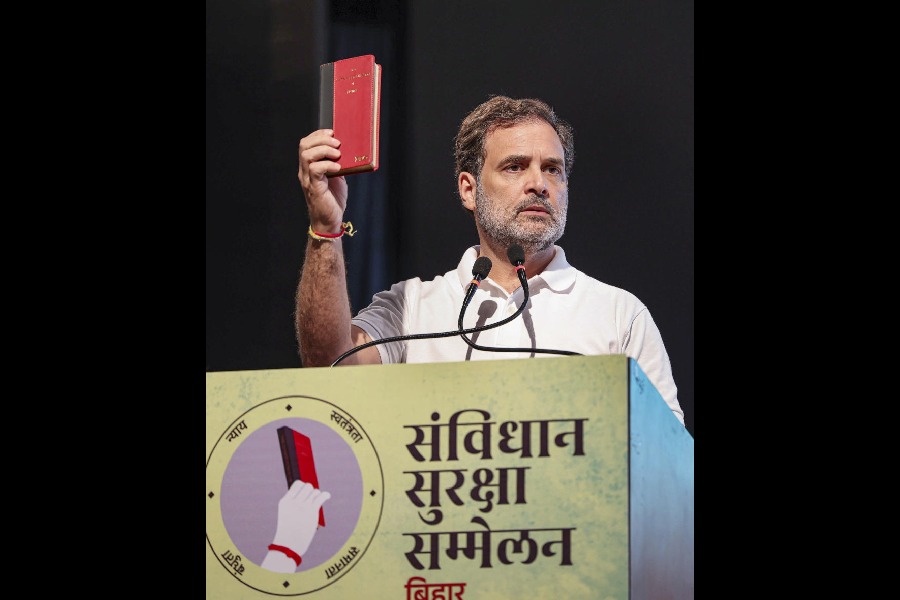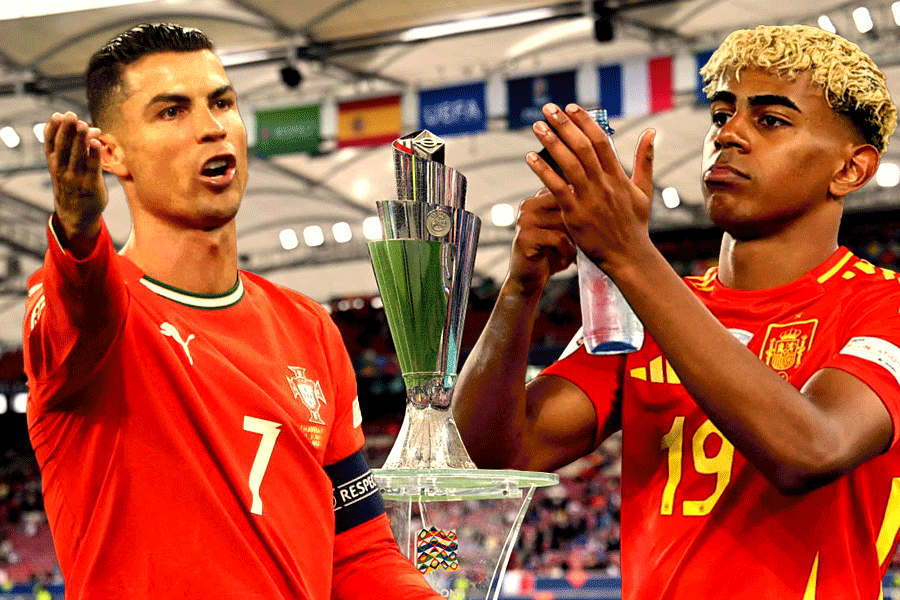 |
| Mads Mikkelsen (Hannibal) deftly making tomato roses on the set of the TV show |
Pardon the cliche but Dr Hannibal Lecter often had old friends for dinner over a few glasses of Chianti. Exploring Lecter’s love for all things Larousse Gastronomique and beyond is the TV series Hannibal. The thought of enjoying dinner with the classy killer can be unnerving and even gory but looks can be deceptive. The “lungs” from the Aperitif episode or the “tongue” Doctor Chilton is served in Entree after a brief conversation about how Romans slaughtered a flamboyance of flamingos for their tongues are actually the work of Toronto-based food stylist Janice Poon, who runs the popular blog, Feeding Hannibal. Armed with edible glue, spray bottles and what not, she can make food appear deliciously perfect.
An email chat with the woman who makes Dr Hannibal Lecter go snap, bite and crunch!
Your first brush with food styling?
My family owned restaurants so I grew up around bakers and cooks and I love preparing food. But I painted and sculpted from early childhood and art was always what I wanted to do for a living. I went to art college and started my career as an art director in advertising.
That’s when I discovered food styling. I was overseeing my first shoot for McDonald’s and a guy showed up at the studio with a couple of hundred buns and six cartons each of frozen patties and French fries. When he spent the entire morning going through this entire inventory to choose two perfect buns and two patties for the Big Mac, I was intrigued. And when he started pushing toothpicks into the French fries to make them stand up in the little red box, I was loving it. But when I saw the photographer polish the bun and French fries with spray varnish, it struck me as wonderfully absurd and I knew I had found my calling.
Hannibal tastes his ingredients before cooking. What are the challenges in replicating the human lung, brain or tongue?
Pathogens can develop in food as it sits around for the hours that it takes to film a scene, especially in things like the lung and brain. I can’t take any chances that someone might get food poisoning, so I have to use food that is stable at room temperature. That means coming up with a substitute that looks like the offal in question but will not spoil under hot lights.
 |
| A nautilus shell spilling red peppers with salted baby squid in mussel shells and olives with anchovies in snail shells. Decorated with a beetle and a jawbone |
How did you come up with a tongue or pieces of the brain?
I do a lot of experimentation with various combinations of grains, gelatines and vegetables. Or with cured or cooked meat like salami which holds well at room temperature. I also eat a lot of international cuisine –– this gives me a wider knowledge of ingredients. For example, I made the tongues from Lebanese Kibbeh dough, which is a paste of cracked wheat. It has a nubby texture that looks like all the little cilia on the tongue’s surface.
Though there was quite a bit of food in the Hannibal movies, how far does this aspect get highlighted on the TV show?
In season one, Hannibal serves dinner in all but one episode. For the viewer, it is a bit of a respite from all the killing, maiming and blood-spatter. After all, dinner is a bit of truce time –– even though you realise that he is cooking his victims. And using gourmet food gives us the opportunity to show how elevated his taste is and how knowledgeable and meticulous he is.
Hannibal spins a terrible web of deceit but I try to reveal the truth about him by what I put on his dinner plates. His food should look irresistibly delicious but always hint at something deeply sinister. There is danger in accepting hospitality or kindness from Hannibal and I want the viewer to sense that — we become vulnerable when we accept food. As the serpent said to Eve... much depends on dinner!
Your first reaction on watching Hannibal films?
I have to confess, I haven’t seen any of the Hannibal movies nor have I read any of (Thomas) Harris’s books. I want to but I am very easily frightened and horror is not really my cup of tea!
Which are your favourite chapters from Larousse Gastronomique (the food encyclopaedia Lecter turns to in the movies; on the show he refers to the Spanish classic el Practicon and the French Gastronomie Pratique by Ali Bab)?
Larousse Gastronomique was a game-changer for me. When I was in art school, I found an old volume in a second-hand store and bought it for my brother who was a chef. I flipped through it, admiring every page. By the time Christmas rolled around, I couldn’t part with it. It changed the way I cook and opened my eyes to the cultural and historical significance of what we eat and how we eat it. Even now, I read it, especially the entry on “banquets” which is a mini-history in how dining has evolved over the ages.
Which is your favourite food-related dialogue delivered by Hannibal?
I love the dinner scene where Tobias fears that Hannibal has poisoned him. “I wouldn’t do that to the food,” Hannibal retorts, implying that he has much more respect for the dinner than he has for the guest.
Finally, what do you usually have for a Sunday brunch?
Ah, Sunday brunch… one of my favourite indulgences! At home: croissants and caffe latte as I prepare smoked trout with rosti potatoes and sour cream. If I’m eating out then Eggs Benedict... and, if the season is right, a nice glass of fresh blood orange juice.
Indian connection (episode 11)
The episode called for a dish made of sheep intestines, so I used a south Indian curry, Attu Kudal Kulambu, which I served in bowls made from banana leaves: a nod to the tradition of using a leaf instead of a plate. Accompaniments: samosa, bhindi bhaji, pani puri, tandoori and turmeric cauliflower.
The black hoof on the $2,000
Jamon Iberico (episode seven)
I rebuilt a false hoof (customs removes the identifying pata negra from all imported bone-in hams) out of the plaster-embued gauze that doctors use to make plaster casts, coated it with brown beeswax to blend onto the skin of the ham itself and coloured the tip of the false wax hoof with black and oxblood shoe polish.










